Yerba Mate, often referred to simply as "mate," is a traditional South American drink with a rich history that reaches centuries. Known for its unique flavor and stimulating properties, yerba mate has been a cultural cornerstone for various local communities and has gradually gained popularity around the world. Let’s explore the fascinating history of this revered beverage.
Original Roots
Yerba mate originates from the subtropical regions of South America, particularly in the area now known as Paraguay, Argentina, Brazil, and Uruguay. The Guarani and Tupi peoples were the first to discover and utilize the stimulating properties of the yerba mate plant (Ilex paraguariensis). They consumed it as an infusion, which they called "ka’a," meaning "herb." The indigenous people believed that yerba mate had not only physical benefits but also spiritual significance, often using it in rituals and social gatherings to foster a sense of community.
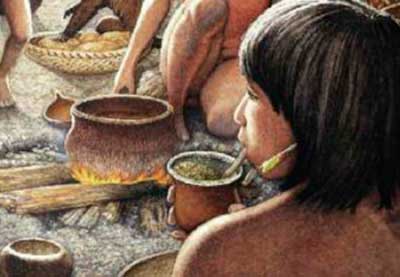
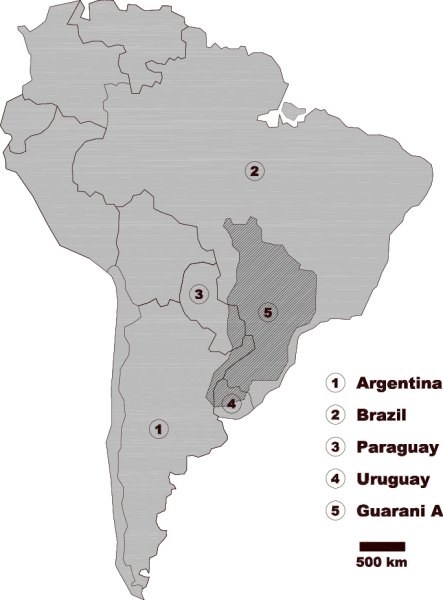
Spanish Colonization and Spread
When the Spanish arrived in South America in the 16th century, they quickly noticed the indigenous practice of drinking yerba mate. Initially skeptical, the Spaniards soon embraced the drink for its energizing effects and began to cultivate it on a larger scale. The Jesuit missionaries played a significant role in the spread of yerba mate, as they established plantations in the areas that now form modern-day Paraguay. These plantations helped yerba mate transition from a local indigenous tradition to a widely consumed beverage.
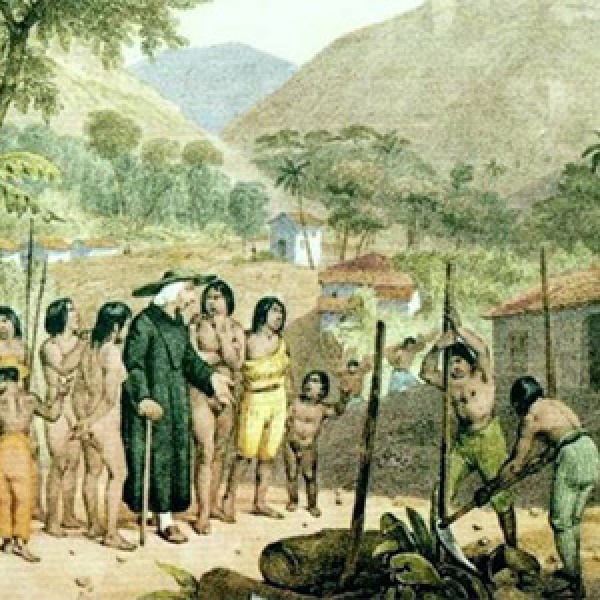

The Evolution of Consumption
Yerba mate's popularity continued to grow throughout the 17th and 18th centuries. It became an essential drink not only in the territories where it was originally cultivated but also in neighboring regions. The traditional method of preparing and consuming yerba mate involves a hollowed-out gourd called a "Calabash" and a metal straw called a "Bombilla." This ritualistic preparation and communal drinking became an important cultural practice, symbolizing friendship and hospitality.
Modern-Day Yerba Mate
In the 19th and 20th centuries, yerba mate production expanded significantly, with plantations established in Argentina, Brazil, and Paraguay. Today, Argentina is one of the largest producers and consumers of yerba mate, with the drink deeply embedded in the country’s cultural identity. The modern yerba mate industry has seen innovations in packaging and preparation methods, making it more accessible to a global audience.
Yerba mate has found it’s way into various forms, including bottled drinks, tea bags, and even energy supplements. While the traditional gourd and bombilla method remains popular, many people now enjoy yerba mate in convenient, modern formats.
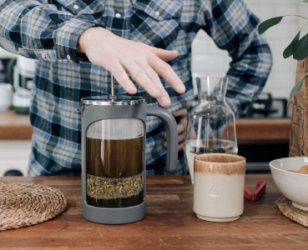
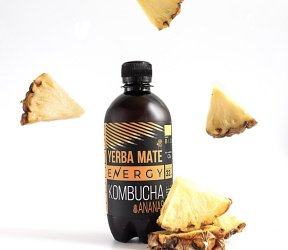
Cultural Significance
Yerba mate is more than just a drink, it’s a symbol of social connection and cultural heritage. In many South American countries, sharing a mate is a sign of friendship and trust. The act of passing the mate gourd around a circle of friends or family is a tradition that fosters bonds and encourages conversation.
Global Popularity
In recent years, yerba mate has gained international recognition for its health benefits, including its high antioxidant content and potential to boost energy and mental clarity. As a result, it has been embraced by health-conscious consumers and has become a trendy beverage in various parts of the world.
Conclusion
From its ancient roots among indigenous South American communities to its modern-day global presence, yerba mate's history is a testament to its enduring appeal and cultural significance. Whether enjoyed in its traditional form or as a modern convenience, yerba mate continues to connect people across different cultures and generations, offering a taste of tradition and a sense of community in every sip.
.jpg)
